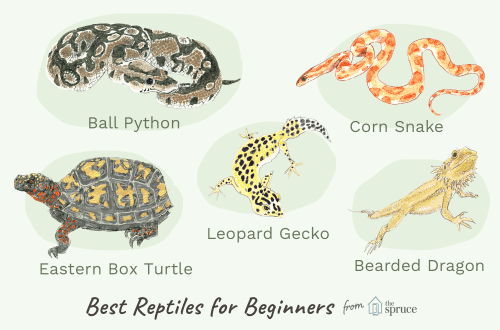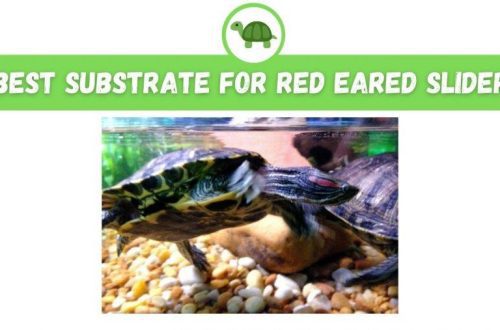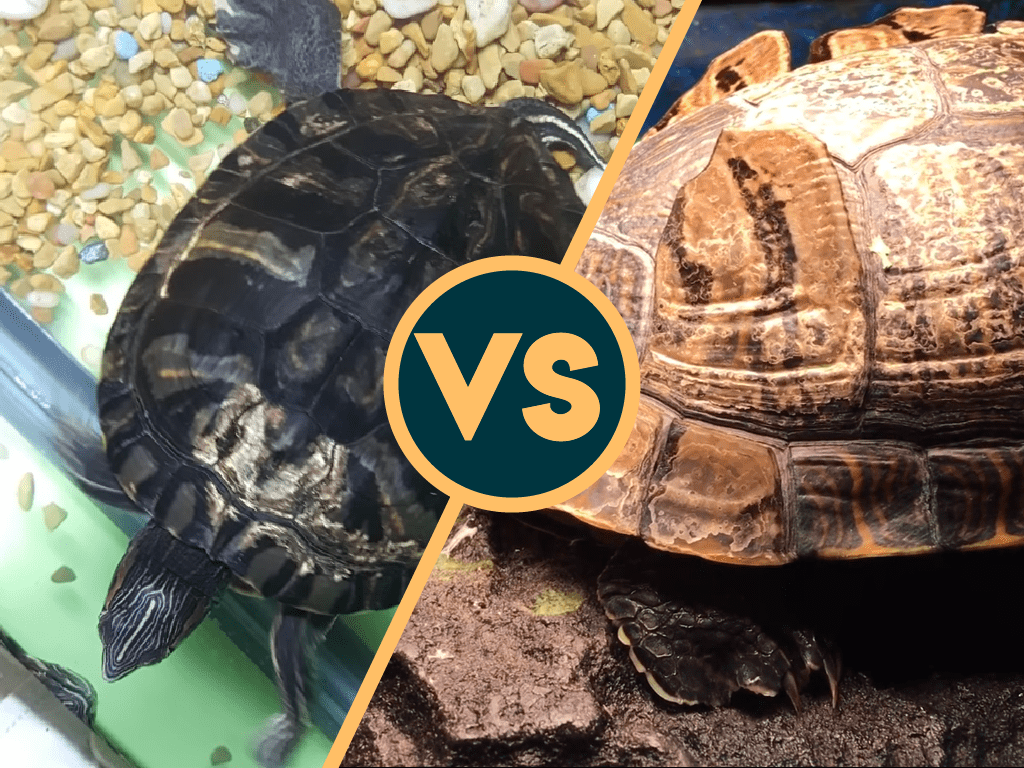
Shedding, cleaning and caring for a tortoise shell
It is never necessary to lubricate the shell of turtles with anything, unless it is a fungus cream during the treatment of a reptile. The limbs and neck of turtles can be lubricated with a special cream to facilitate molting. Algae and white coating on the shell of turtles are usually not afraid. You can remove them with Lugol’s solution and lemon juice (in half with water), respectively.
Molting turtles In turtles, molting occurs gradually, the epidermis changes in separate areas as it wears out. In this case, a new stratum corneum is formed, which lies under the old one. Between them, lymph begins to flow and sweat fibrin-like proteins. Then lytic processes increase, which leads to the formation of a cavity between the old and new stratum corneum and their separation. In most turtles, the molting of the skin goes unnoticed, and the shell does not shed at all.
For the red-eared turtle (jaundice, decorated – about 8 species of North American turtles), shell molting, i.e. regular separation of large scales is a normal phenomenon that continues throughout life. The frequency of molting depends on the age, growth rate, conditions of keeping the reptile, the purity and composition of the water. In adult turtles, molting occurs every 5 years. The white coating on the carapace of red-eared turtles may be due to slower molting and/or deposition of salts from the water (water in different regions, even tap water, can vary significantly in pH and chemical composition). Keeping an aquatic turtle on the floor for a long time without water disrupts the turtle’s normal wetting and drying process, which also disrupts shedding of the skin and shell scales. This is one of the reasons why aquatic turtle should only live in an aquaterrarium and not “walk on the floor”.
In marsh, Central Asian and other species of turtles, except for the red-eared ones, the shell does not shed. Any complete or partial peeling off of the scales of the shell indicates one of the diseases: kidney failure (accompanied by obvious symptoms of bleeding), trauma, bacterial, fungal or mixed lesions, the last stage of rickets. Such problems require an appeal to a veterinary herpetologist, because. factors that cause necrosis of the stratum corneum are difficult to treat.
How to facilitate molting in turtles: it is recommended to make one injection (with an interval of 2 weeks) of the Eleovit vitamin complex. Land tortoises can be bathed in warm water with baking soda (1 teaspoon per liter). No more than 2 times per molt, you can’t regularly bathe in soda.
Below is a photo of a molt:
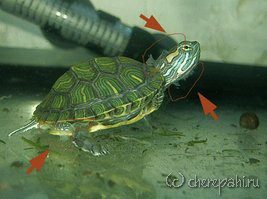
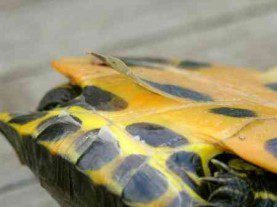
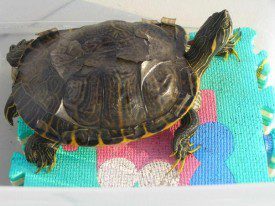
White bubbles under the shields
Sometimes white marks are visible on the shell of aquatic turtles that cannot be wiped off with anything. Upon closer inspection, it turns out that it looks like bubbles under a layer of scutes. What is it? These bubbles are nothing but air under several layers of the epidermis (micro-stratification). There is nothing wrong with this, it is likely that it will disappear after a few molts.
The turtle has a large distance between the scales …
If the distance between the scutes of the shell is increased, this is usually due to the growth of the turtle. With growth, light or pinkish stripes appear, which darken after a while. If the distance between the scales of the paws is increased, this is due to the growth of the paw. And if there are not enough scales, this is an injury or a lack of vitamin A when the skin sloughs off. It is necessary to carefully monitor whether the scales will still fall off.
The turtle has extra shields on its shell
Extra shields are not a sign of disease, it’s just a genetic change. There are also mutations of turtles, when there are fewer scutes on the shell than it should be.
The turtle has pink stripes or red spots on its shell.
Too rapid growth of the turtle, and the shell in particular, leads to increased local blood supply, which can be manifested by reddening of the seam area, which often frightens the owners. Usually, in aquatic turtles, pink stripes between the scutes on the plastron and in land turtles on the plastron and carapace are vessels that shine through in places of growth.
However, if the spots (usually only in terrestrial ones) are dark red, when you press them, fluid moves there, then either this is a bruise, or (if there are many spots) it may be kidney failure. In this case, show the turtle to the veterinarian and take a blood test.
Turtle has darkened with age
In many species of turtles, the color of juvenile (young) individuals is much brighter and more beautiful than the color of adult animals. For example, small red-eared tortoises are usually bright green in color, while adults become dark green until the color of the shell is black.
Lubrication and softening of turtle skin
Surface application carapace a variety of ointments and vitamin preparations (having a greasy, sticky, poorly removable structure) does not have positive effects (since drugs are not absorbed through the shell). But it can create a breeding ground for the colonization of pathogenic fungi and bacteria. In order for the turtle’s shell to be beautiful and shiny, it must be properly maintained, fed and bathed, and it is better to walk in the summer. Especially often they mistakenly lubricate the shell with Trivit, Tetravit, fish oil, warm sea buckthorn oil, olive oil, vitamin A or petroleum jelly, which is absolutely impossible to do.
On the contrary, skin turtles can be lubricated if it is too dry. It helps to soften the skin of land turtles during molting. VitaShell Cream for Turtles от Tetra. This is a specialized non-greasy turtle cream that moisturizes parched skin. Apply by hand to turtle skin daily for a week, then every other day. Ingredients: Purified Soft Water, Sunflower Oil, Emulsifying Wax, Cetyl Alcohol, Coconut Oil, Palm Oil, Soybean Oil, Olive Oil, Glycerin, Lanolin, Cottonseed Oil, Steramidopropyl, Dimethylamine Lactate, Protein Reducing Agent, Diazolidnyl Urea, Rosemary Oil, Methylparaben , Propylparaben, FD&C Yellow #6. It is not recommended to use a cream for the shell.
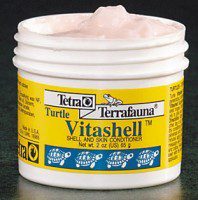
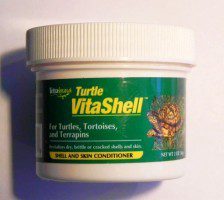
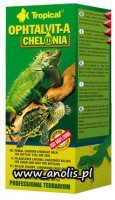
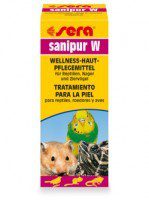
There is also a balm OPHTALVIT-A CHELONIA — Herbal balm with lavender and eyebright for reptile skin and eyes care 15 ml. Natural herbal reptile balm for eye and skin care. Contains a blend of medicinal lavender and eyebright extracts to counteract environmental ailments.
SERA Sanipur W. – health care product with calendula oil extract (Calendulae flos) for skin care of reptiles, small mammals and ornamental birds. Cares for the skin and cleanses it. sera sanipur W is a topical product for: irritations of the skin and/or coated beak; bites, scratches and abrasions. Accelerates the process of wound healing. Packing volume — 15 ml.
Growth on the shell of algae
Under natural conditions, the shells of many turtles are overgrown with green algae. With a small amount of algae, this is not dangerous. The growth of algae on the shell is facilitated by food pollution in the water, an unsuccessfully chosen place for the aquarium: excessively bright light, as well as other similar reasons. Strong algae growth causes the scutes of the turtle’s shell to begin to flake off. Sometimes, in advanced cases, they fall off, and the turtle loses its reliable protection. Also, algae create good conditions for the development of the fungus.
- If there is little algae, wipe them off the shell with a sponge.
- If it is not possible to remove the algae with a sponge, it is necessary to treat the shell with Lugol’s solution, 1% copper sulfate or Lugol’s solution with glycerin. The shell is smeared with the solution and the turtle is deposited for 2-3 hours in a dry box.
- Clean the aquarium, move it away from the window or reduce the lighting.
- It is also recommended to give an injection of Eleovit to a turtle 0,4 ml / kg once.
Brown algae appear with a lack of lighting. It is recommended to make an injection of the Eleovit vitamin complex and wash them off with a sponge from the turtle and from the aquarium. Aquarium lighting should be increased.
Unfortunately, some aquarium algae treatments can kill turtles. The TETRA AlgoStop tool has proven itself well.
Cleaning the shell from white plaque (scale, salts)
Due to hard water, the shell of an aquatic or semiaquatic turtle may be covered with white, hard layers of salts.
To clean the shell, lemon juice helps very well (as practice has shown), which must be diluted with water and rubbed with it a couple of times. By itself, it is not harmful to the shell, but it is better not to abuse it, but simply pour softer water into the turtle, for example from a filter.
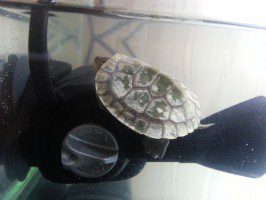
How to wipe paint or varnish from the shell?
Oil paint, if not very dry, is well rubbed with vegetable oil, laundry soap. Watercolors and some other types of paint can be wiped off with water. Bathe and scrub frequently. Nail polish removers, acetone, and thinner are best avoided, as this can damage the turtle’s shell. But sometimes, when there are no other options, you can resort to them. Over time, the paint may come off on its own.
Why you can’t draw on turtles: – painted turtles lose their protective color and are more visible to predators; – chemicals in paint can be absorbed into the shell, enter the circulatory system and lead to a number of diseases, and even death; – paint fumes are harmful to the turtle’s respiratory system; – the paint blocks ultraviolet light. We know the consequences. – under the paint, bacteria and fungus can begin to multiply, which will lead to the destruction of the shell; – in growing turtles, paint can lead to disruption of the growth of scutes.

How to maintain a bright color in turtles?
Unfortunately, with age, it is inevitable that the color fades, but if the turtle receives proper food and vitamins, then the look of a well-groomed “sleek” turtle will be no worse than that of a baby, although less bright.
Source:
Excerpts from veterinary herpetology or “Why does a turtle’s shell peel off?”



